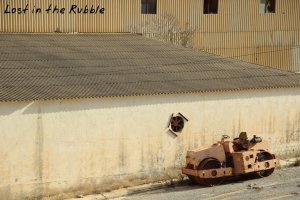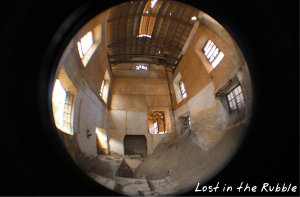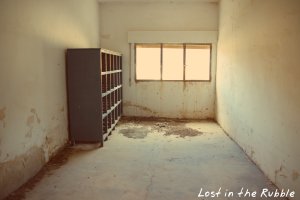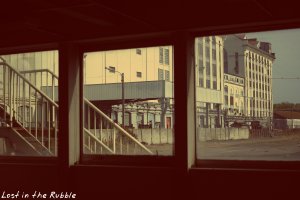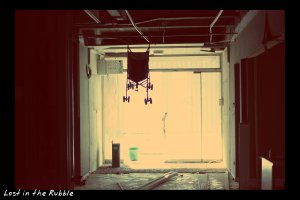


A huge amount of sugar cane was grown in the Nerja area from the 16th century onwards (nowadays, the surrounding fields grow mango, papaya and avocado along with other crops). The first sugar factory was opened in Nerja in 1588, amazingly enough, and there were several others.
The San Joaquin mill was built in 1884. It was originally owned by the Marquis de Tous, closed in 1911 and re-opened in the 1930s. I haven’t been able to find out when it finally closed but it is now roofless and pretty derelict, although its chimney (with an interesting criss-cro ss brickwork pattern) still stands, along with the waterways running between the buildings and an impressive sense of worth – the location and the views are more than remarkable. An incredible place, now lost in the rubble.

